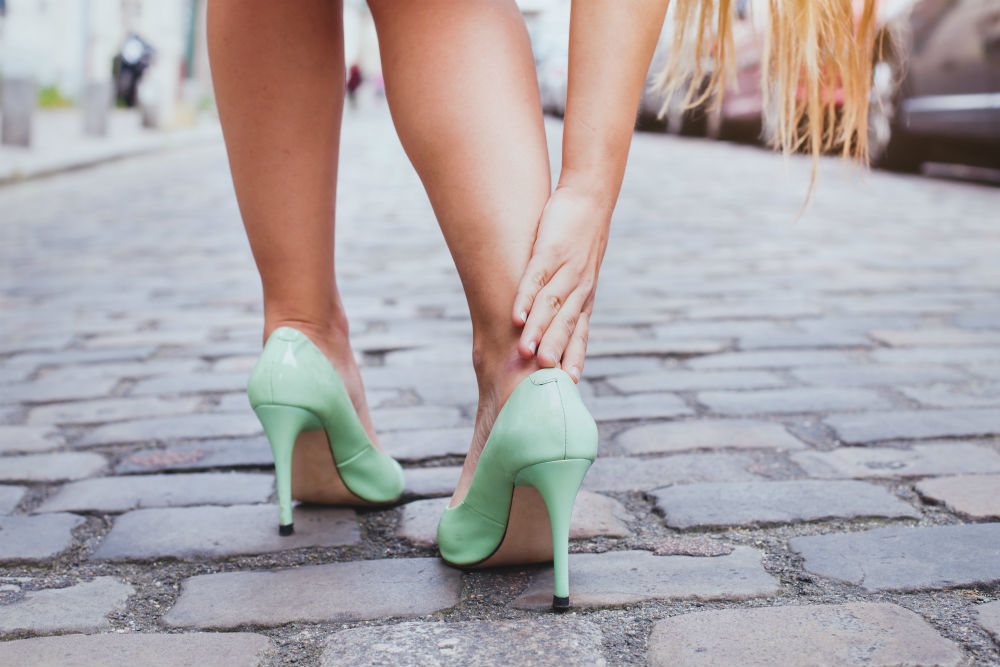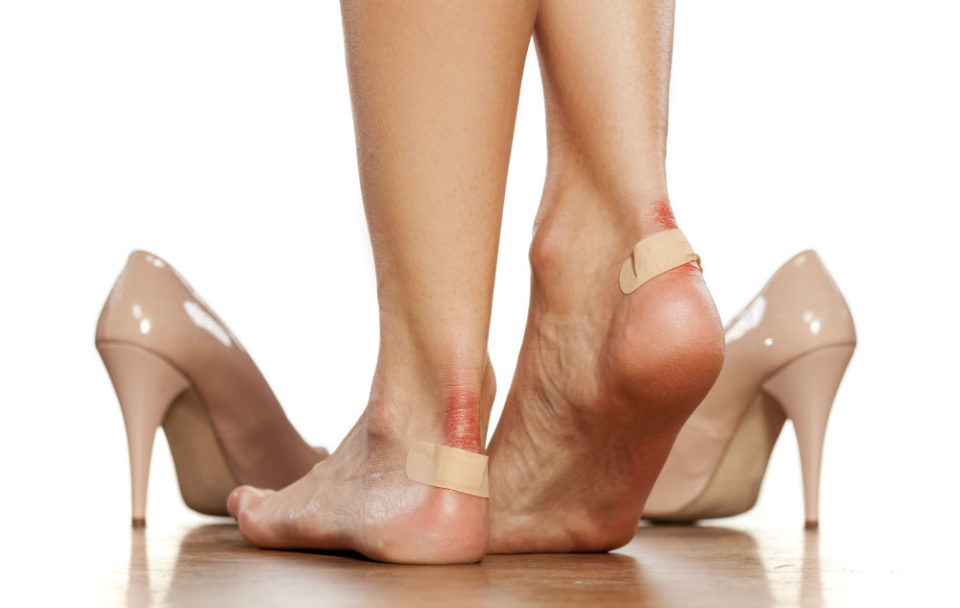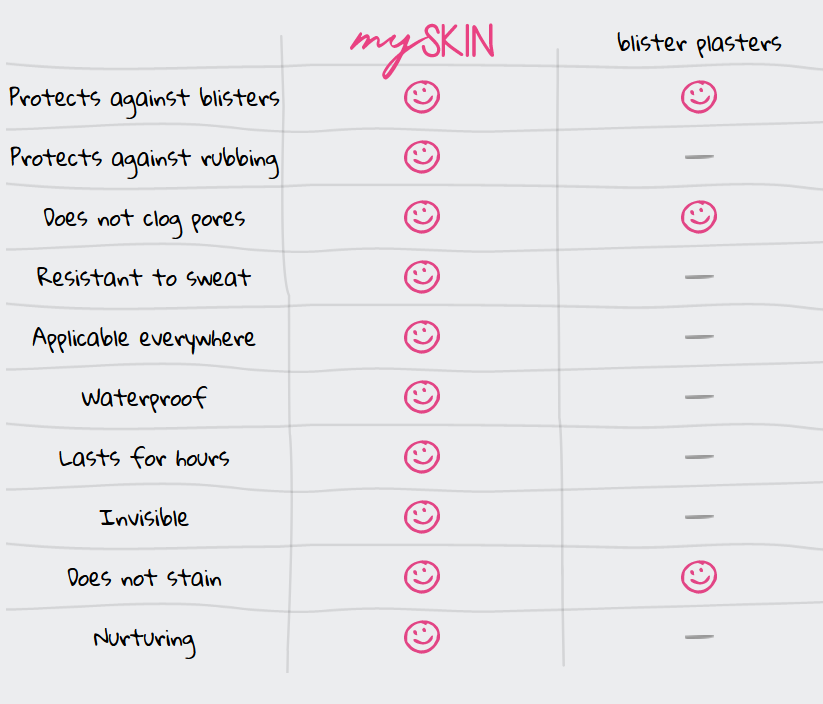
Anyone who’s ever worn in a new pair of shoes will be familiar with the problem of blisters on your feet. It doesn’t matter how careful you are to make sure you buy shoes that fit properly – some shoes simply take a bit of time for our feet to get used to and others will just always rub somewhere, causing painful blisters and sore, chafed skin. At this point, many people reach for blister plasters – but what are the benefits of blister plasters and what are the alternatives? pjuractive gives you the lowdown.
What are blister plasters?
Blister plasters are plasters that have been specially developed for treating blisters. They are designed to reduce discomfort caused by pressure so that you can keep walking, and to protect the blister from germs and dirt. Blister plasters are usually transparent to make them as inconspicuous as possible. They aren’t completely invisible, however.
What are the benefits of blister plasters?
As we’ve already established, blister plasters are designed to protect existing blisters on your feet – or anywhere else – from dirt, water, and germs. It’s all about protecting the skin so you can carry on wearing shoes without any problems, something which can prove to be very painful without some kind of protection when you have a blister. Blister plasters relieve the pressure pain and are filled with gel, which not only cushions the damaged skin but also relieves the pain and thus promotes healing.

The disadvantages of blister plasters
The major disadvantage of blister plasters is probably that they are visible and difficult to hide. What’s more, blister plasters are also relatively expensive, and if you’re prone to blisters on your feet you can quickly end up spending a lot of money. And although they protect the skin they are covering, more rubbing can occur in other areas, which can then result in another blister on your foot. Blister plasters are also not sweat-proof or water-resistant and have an unfortunate tendency to slip – which in turn means more potential for rubbing. Usually, they don’t last a particularly long time, either.
Alternatives to blister plasters – no more blisters on your feet
Some of you will no doubt have wondered whether there is an alternative to expensive and less-than-attractive blister plasters. So the pjuractive team has an alternative for you—one which will stop blisters forming on your feet, or anywhere else, in the first place:
pjuractive mySKIN
What if you could tackle the root cause of blisters and stop them forming in the first place? After all, blister plasters are only necessary because the rubbing in your shoe (or elsewhere on your body) is so bad that a hollow forms in the skin, which then fills with fluid. So if you were to stop the rubbing, a blister wouldn’t be able to form and a blister plaster wouldn’t be necessary in the first place. Our pjuractive mySKIN is based on precisely this principle. It prevents blisters and chafing because the silicone in our mySKIN forms a protective film on the skin, which protects against any potential rubbing. This makes our skin less susceptible and prevents blisters and chafing before they can even start to appear. What’s more, mySKIN has other advantages over blister plasters, too:

Of course, there are other alternatives to blister plasters, which are sometimes used—more out of necessity—to help prevent rubbing or protect an existing blister or irritated skin:
- Instead of a blister plaster, you can of course also use a normal plaster. To avoid damaging the irritated skin further, for example when removing the plaster, you should always apply a compress. Another option is to protect yourself by applying plasters to patches of skin that are prone to rubbing. However, our mySKIN is based on the same approach of prevention and offers protection for your skin that is completely invisible at the same time.
- Instead of using blister plasters, it can also be worth giving the affected area a rest to begin with. If possible, wear shoes that preferably don’t put any more pressure on the affected area. Tea tree oil and aloe vera can also help the sore patches of skin heal more quickly. Tea tree oil can help the affected skin regenerate more easily. It dries the skin out and has antimicrobial properties. However, the oil must be diluted before applying to the affected area. Aloe vera can also be valuable to promote healing of the skin. It is anti-inflammatory and encourages cell regeneration.
Here at pjuractive, we would recommend mySKIN as the best alternative to blister plasters for protecting your skin. That way you prevent blisters and chafing before they appear, blister plasters become a thing of the past, and shoes or clothes that rub can’t damage your skin anymore. And all the methods outlined above for protecting and healing blisters on your feet and other parts of your body will no longer be necessary ? But if you still end up with blisters (because you haven’t used our mySKIN yet), we know how to treat them too. Find out more in our next blog article.